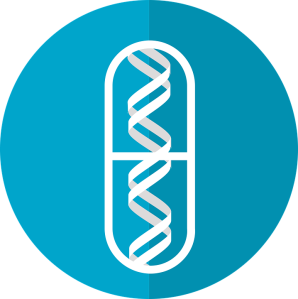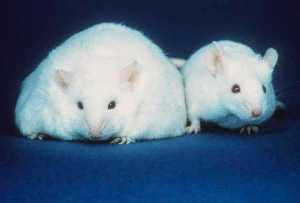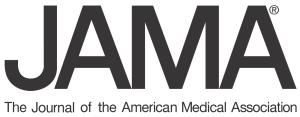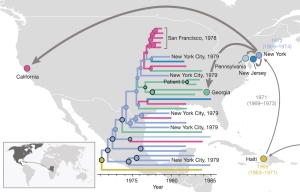
- Is this drug more effective for individuals with a specific genetic profile?
- Are some people at increased risk of a serious drug reaction from a specific drug?
- How is pharmacogenomic information being used clinically right now?
Pharmacogenomics: Precision Medicine and Drug Response, a new CME review article from the Mayo Clinic Proceedings, explores these issues. This article provides a brief history of pharmacogenomics, information on current clinical applications, and conceptualizes the future of pharmaceogenomics.
This article is available online via ClinicalKey which is part of Himmelfarb Library's online collection. To read more about genetics, check out these full-text e-books in ClinicalKey
- Thompson & Thompson Genetics in Medicine
- Emery's Elements of Medical Genetics
- Emery and Rimoin's Principles and Practice of Medical Genetics
To explore more genetics topics, check out Dr. Charles Macri's online Genetics Journal Club!


 Is obesity caused by more than eating too much and exercising too little?
Is obesity caused by more than eating too much and exercising too little? Concerned about what the Thanksgiving meal could do to your weight or metabolism?
Concerned about what the Thanksgiving meal could do to your weight or metabolism? While evidence has suggested that this is true, the first study identifying specific genetic factors that exist in women with preterm deliveries was just published in the
While evidence has suggested that this is true, the first study identifying specific genetic factors that exist in women with preterm deliveries was just published in the 
 Research recently published in
Research recently published in  Does learning about social media issues help students identify professionalism issues and recognize positive social media use?
Does learning about social media issues help students identify professionalism issues and recognize positive social media use? If you're interested in health policy changes, you can take advantage of
If you're interested in health policy changes, you can take advantage of  Statistical information on medical schools and graduate medical education in the United States was published in a recent issue of JAMA.
Statistical information on medical schools and graduate medical education in the United States was published in a recent issue of JAMA. New research published in
New research published in 